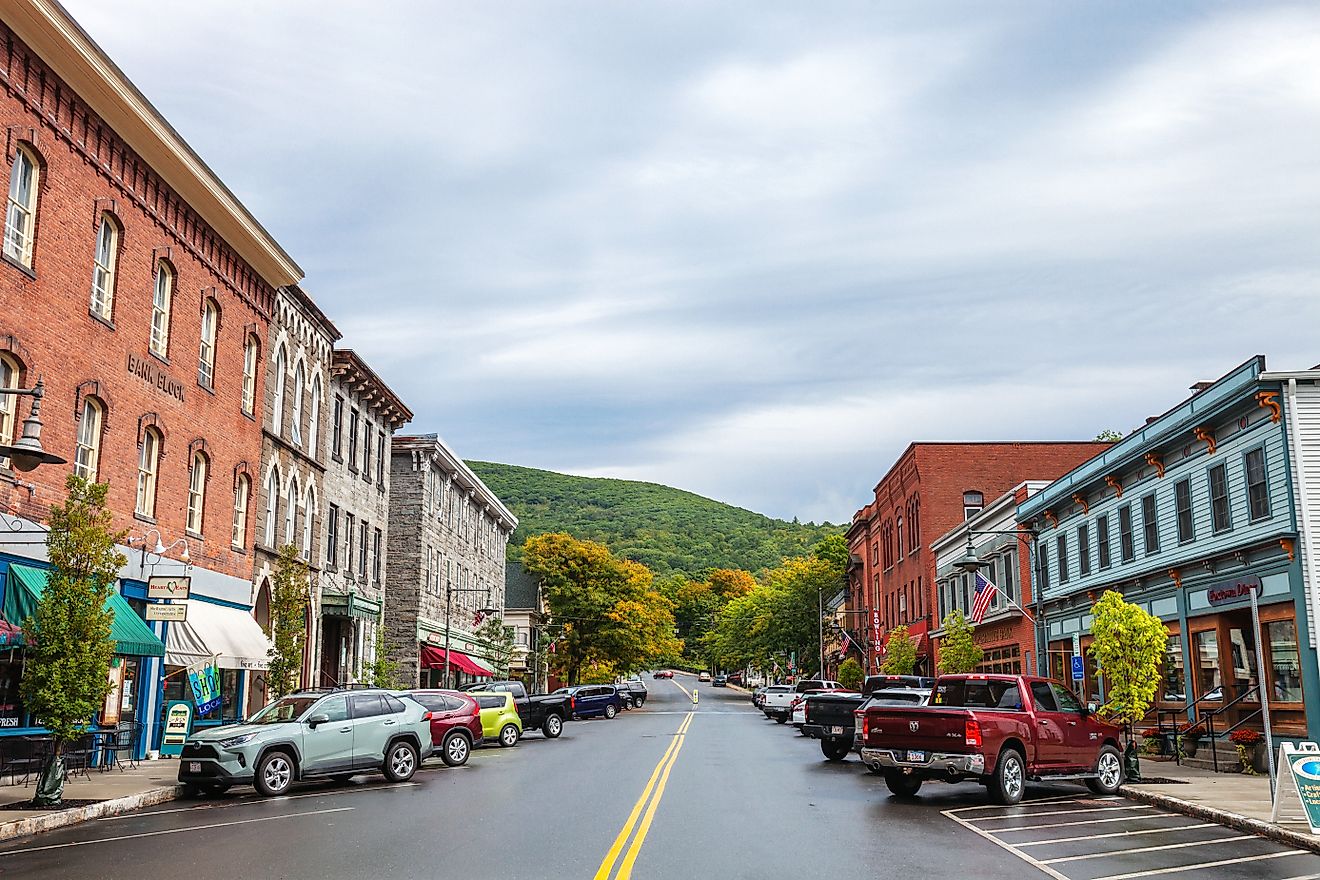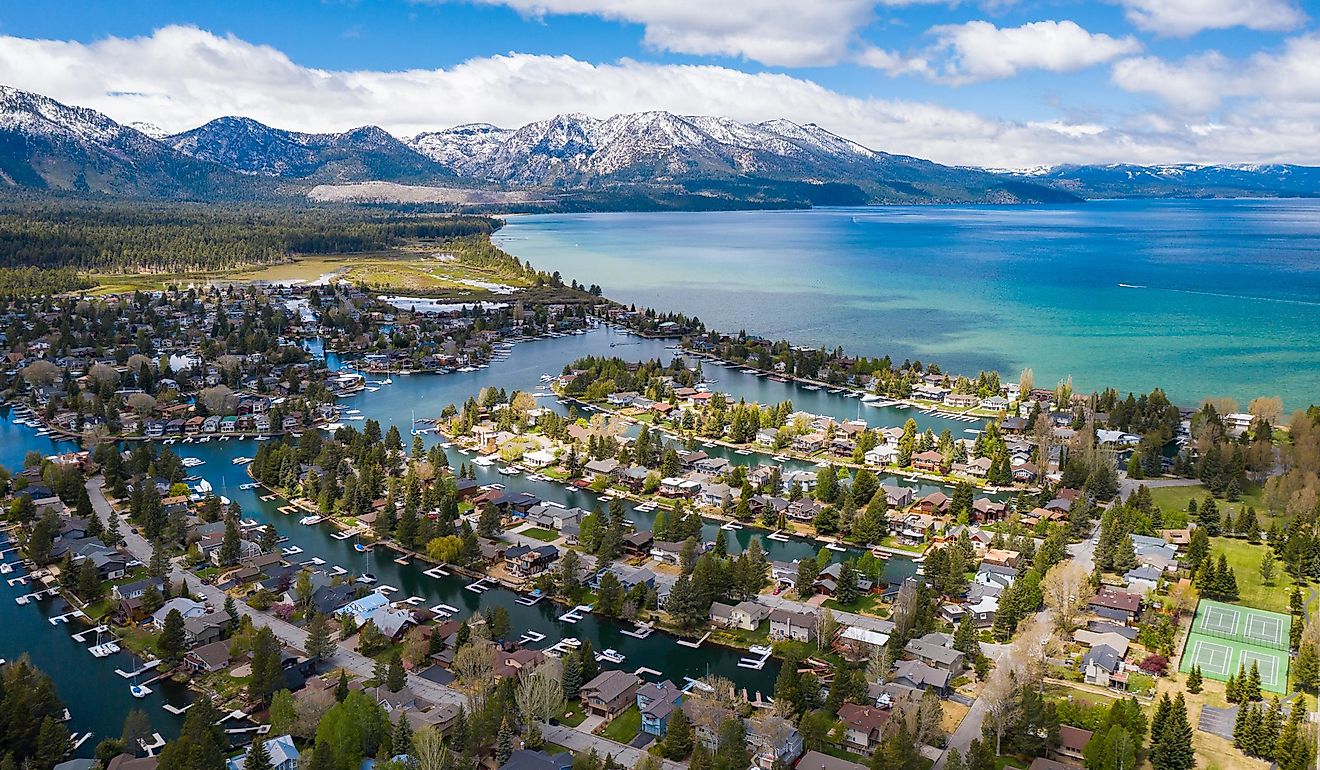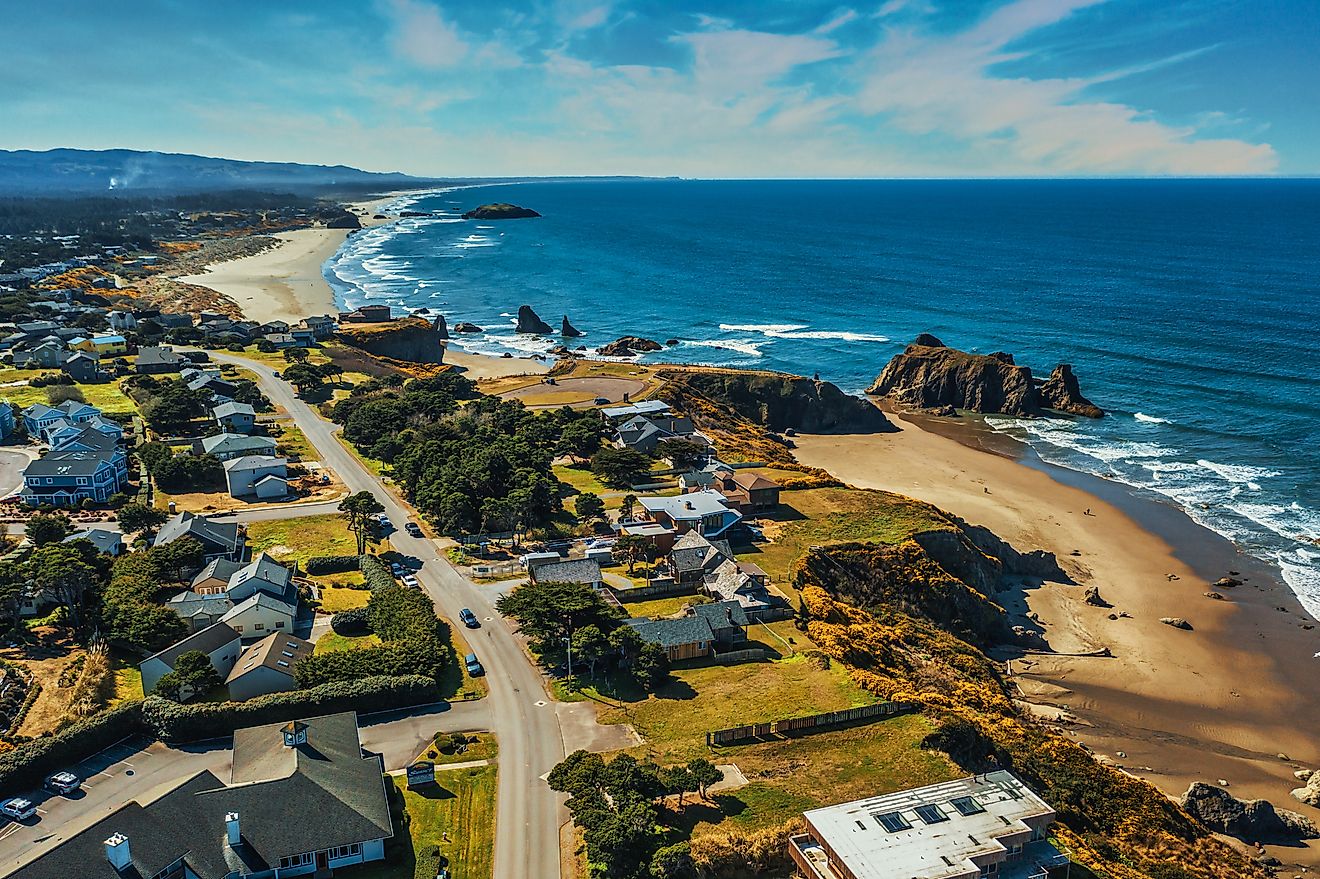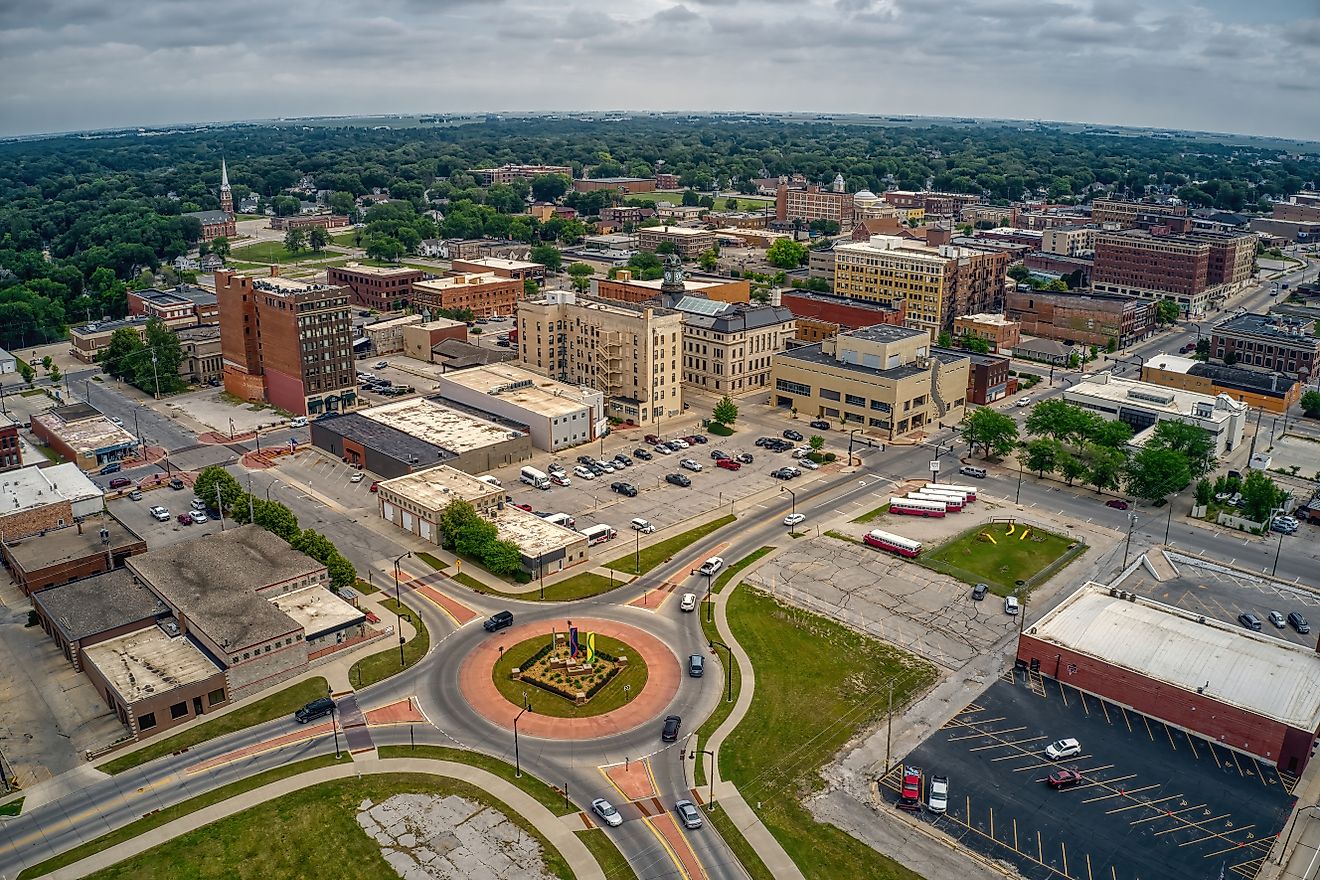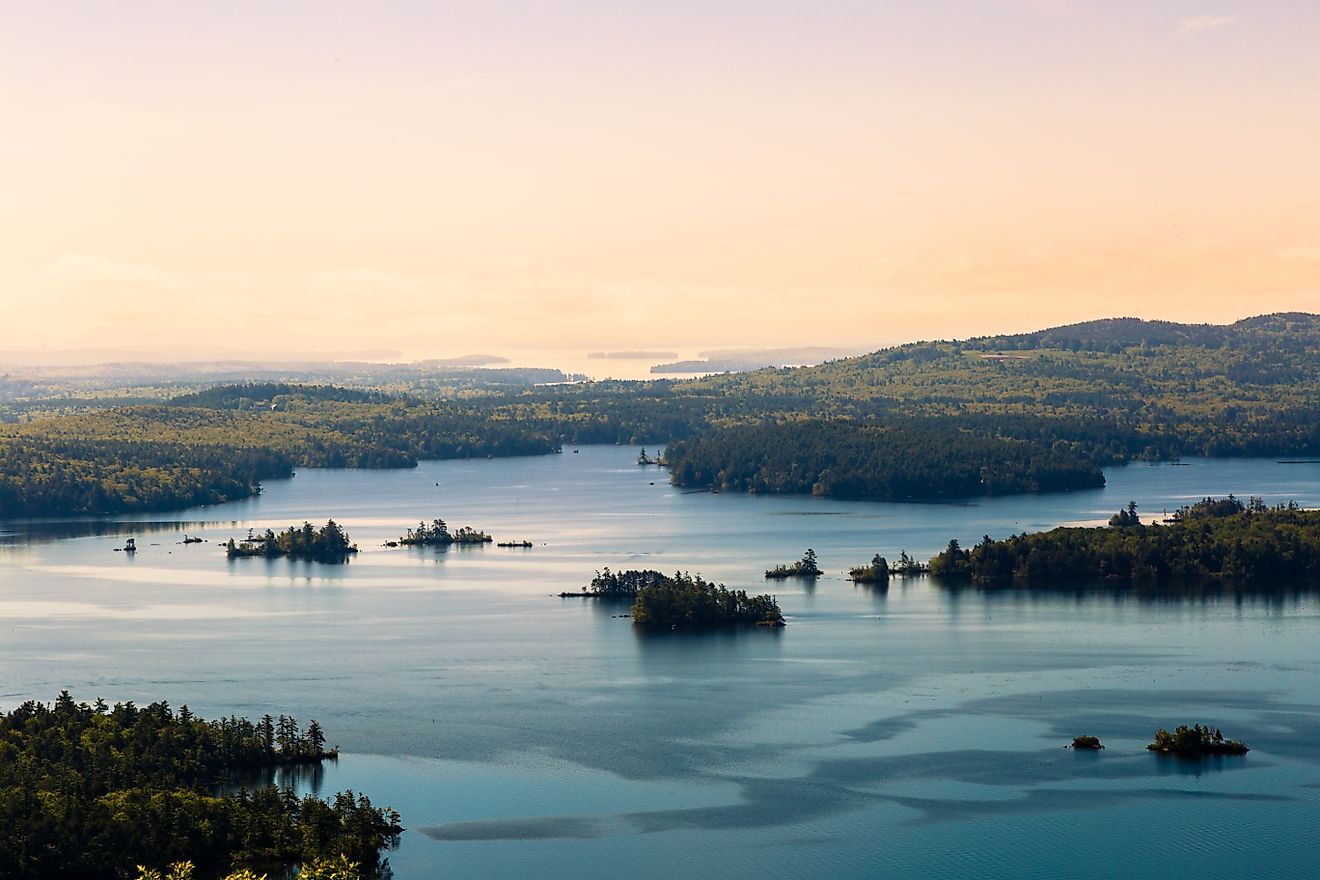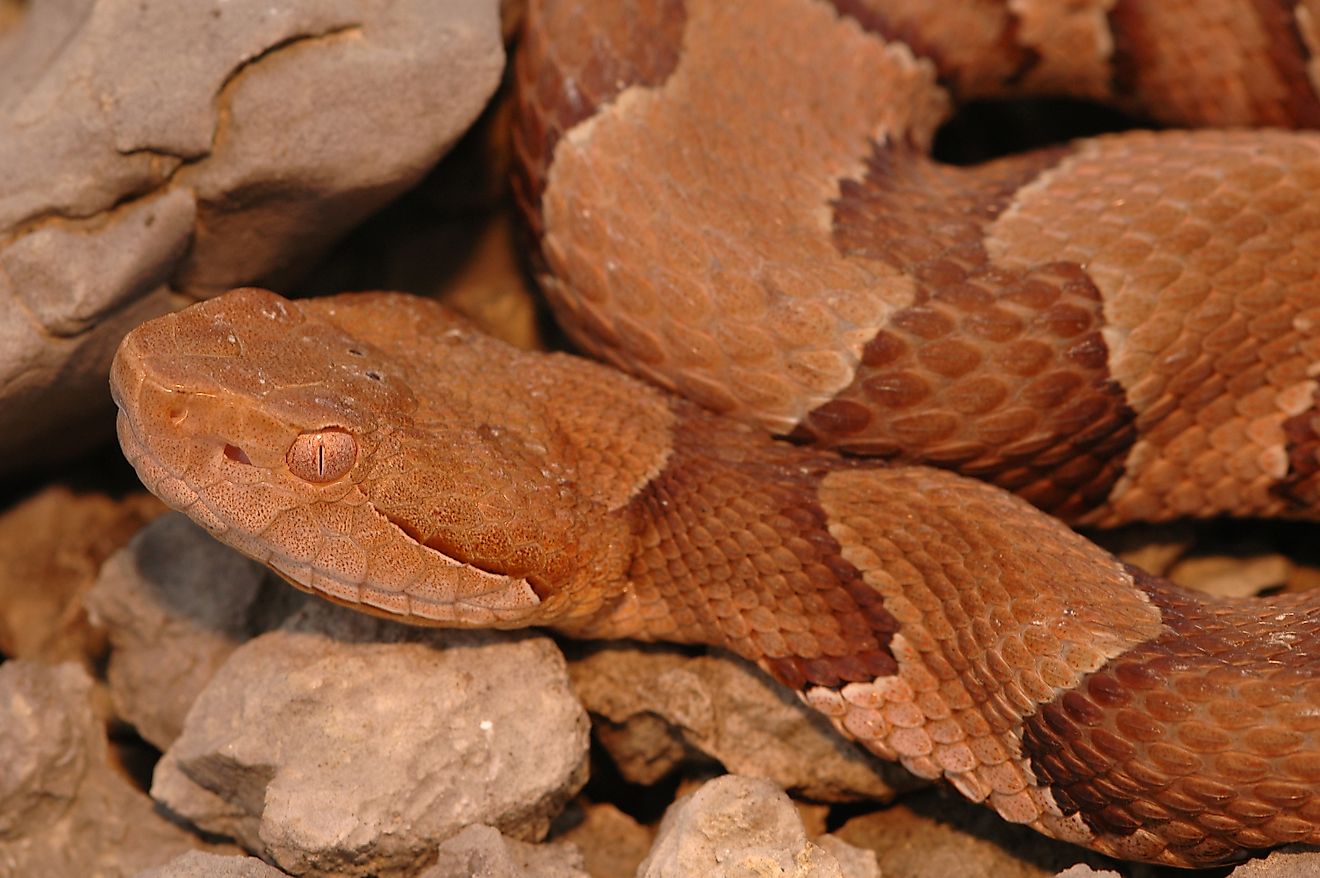Maasai Mara, Africa
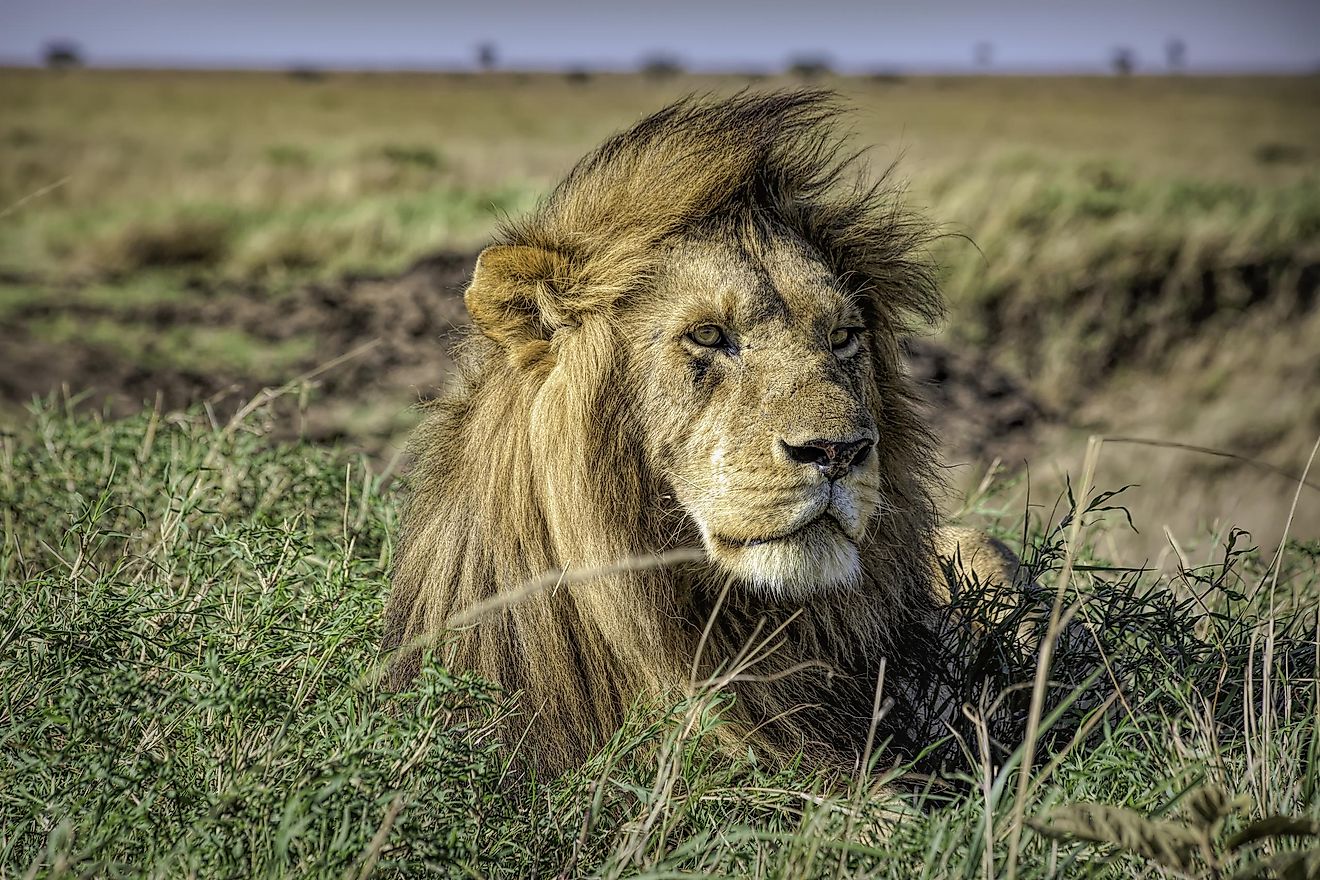
The Masai Mara National Reserve, sometimes referred to as just ‘the Mara’, is located in Narok, south-west Kenya, and borders Tanzania. The reserve park covers an area of 1,510 square kilometers, which is equal to 580 square miles. It is made up of primarily grasslands and savannah and is known for being home to some of the most impressive ‘big five’ game animals.
History
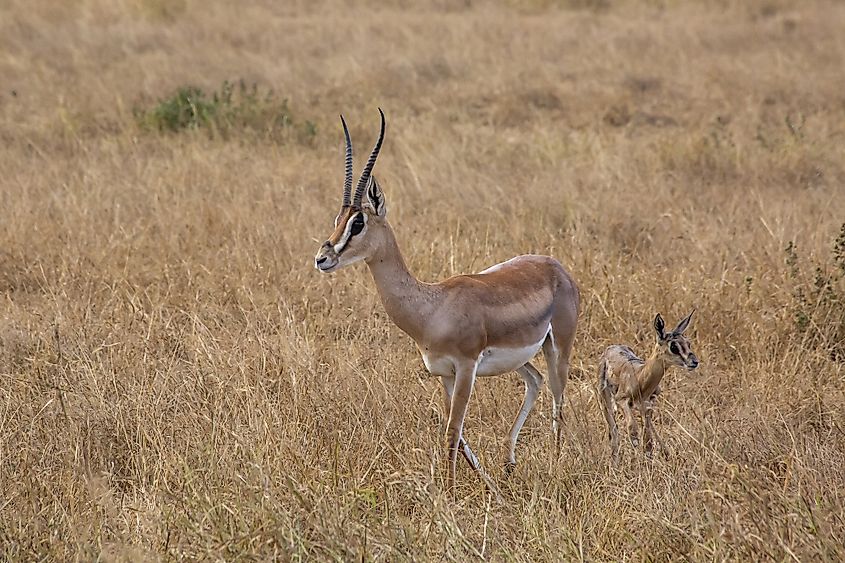
The reserve was first established in 1961 and measured 520 square kilometers. The region was originally designated as a wildlife sanctuary, but when the area was extended later that same year to include 1,821 square kilometers, it was renamed as a Game reserve, and managed by the Narok County Council. It wasn’t until 1974 that a portion of the park was designated as a National Reserve. The formerly governed land was then handed back to local communities. This happened again in 1976 and 1984, reducing the park to an area of 1,510 square kilometers. Control again shifted in 1994, with the formation of the Trans Mara County Council, which split control with the active Narok County Council. In 2001, the Mara triangle was handed over to a non-profit called Mara Conservancy.
Landscape And Climate
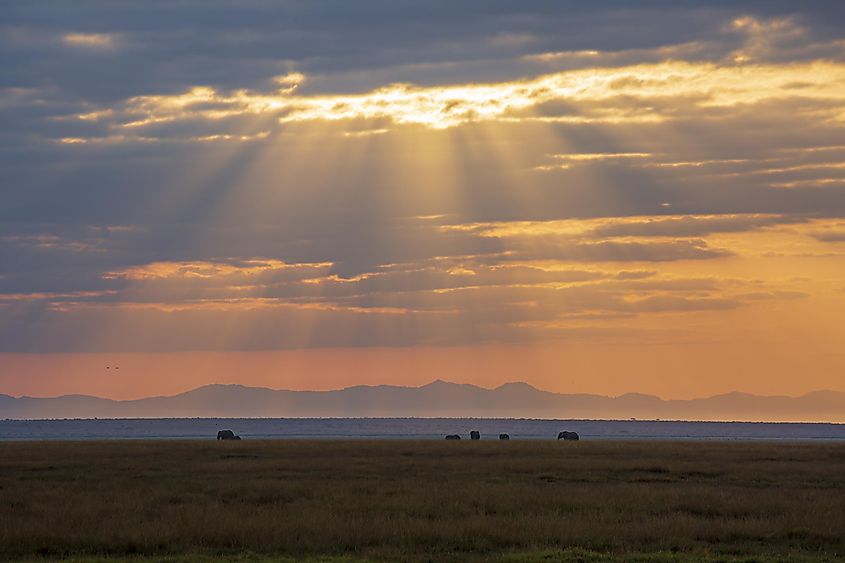
The park is located in the southwest of Kenya. It has a semi-arid climate and is predominantly grasslands. Though this region is generally dry, Kenya does experience periods of rain. Rainfall in the region can reach as much as 55 inches per year, and is heavily concentrated, usually occurring for a few weeks, twice a year. The month with the highest rainfall is April, and the driest is July. Due to the short rainy seasons, flash floods are common, and the dry savannah will often experience temporary rivers and flooding.
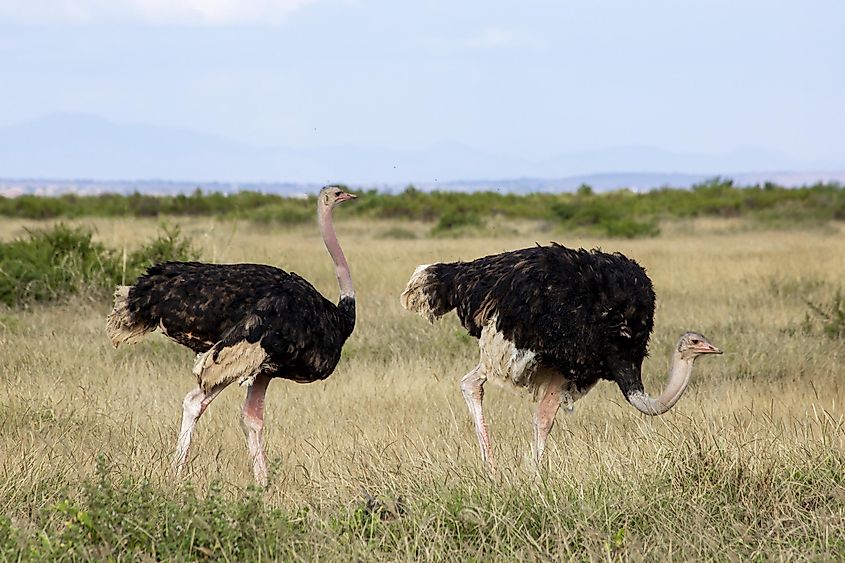
The park itself is also at an altitude of 1,500 to 1,900 meters (5,000 and 6,200 feet) above sea level. So though it has relatively flat grassland ranges, it is not a lowland area. This helps keep the temperatures somewhat cooler, ranging on average between 12–30 °C (54–86 °F), despite the park’s proximity to the equator.
Wildlife Of Mara
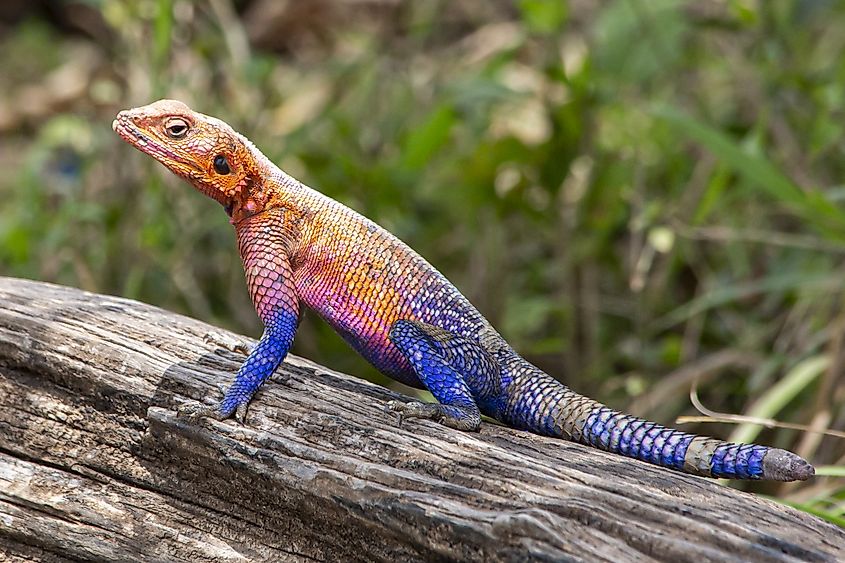
The Mara is also the ‘end point’ of the African Great Migration, in which millions of wildebeests, antelopes, zebra and other grazing herd animals travel from the Serengeti in Tanzania, through to the Masai Mara. This means that at certain times of the year, millions of herd animals can be seen grazing or passing through the park.
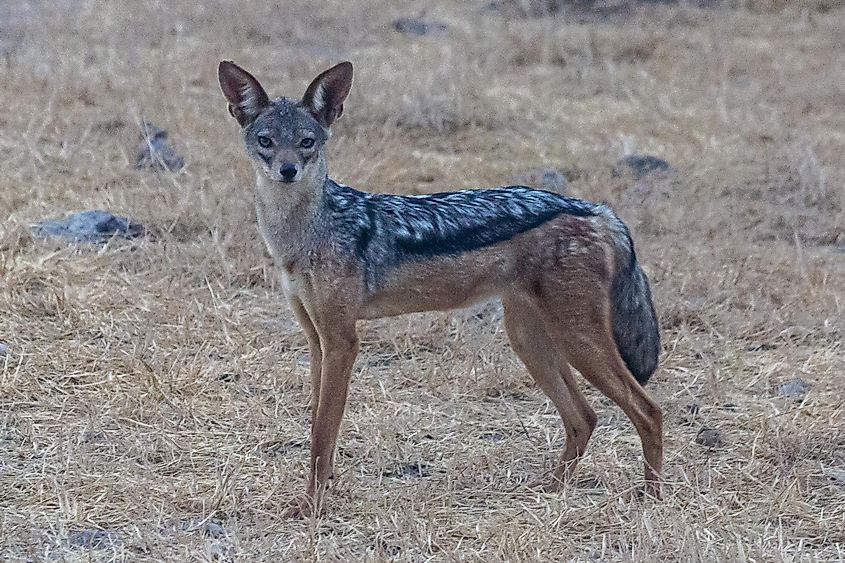
The Masai Mara National Park has an abundance of impressive wildlife. All five of the so-called ‘Big Five’ game animals can be found within the park borders. These mammals, originally named for their game hunting prestige, include the lion, buffalo, elephant, rhinoceros, and leopard.
Big Five And Big Nine
Lions
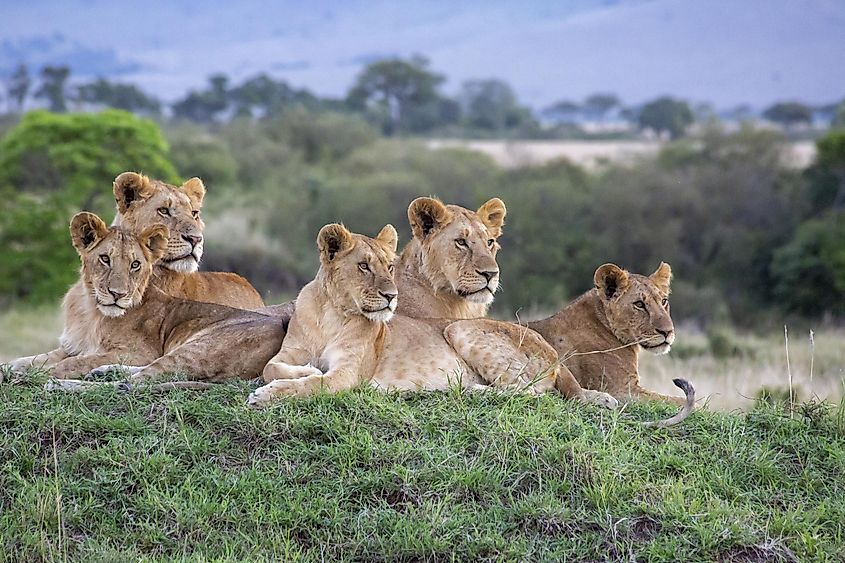
The Masai mara park is estimated to have 850 to 900 lions. They have an expansive range and can be seen in all areas of the Mara, and surrounding regions. The lions roam in groups, known as prides, of lionesses with a dominant male. When visiting the Masai Mara reserve, it is likely that lions will be seen.
Elephants
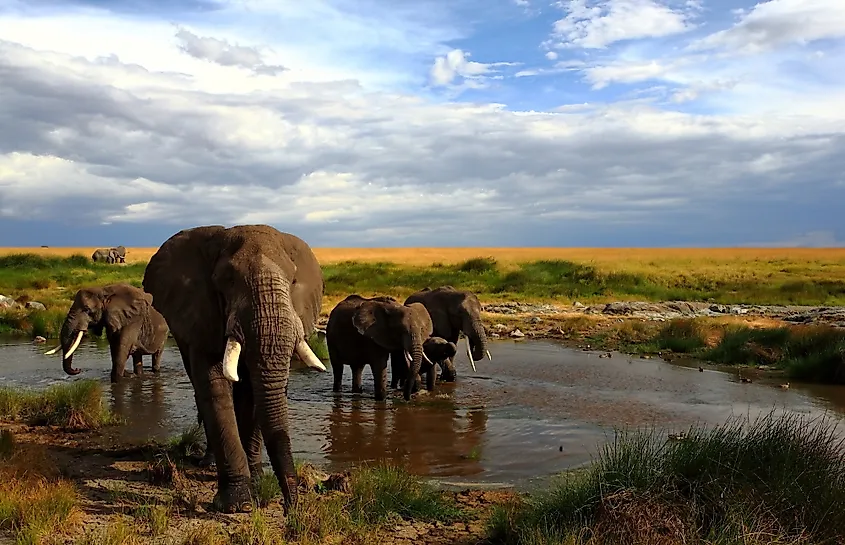
There are two main types of elephants on earth, known as the African elephant and the Asiatic elephant. African elephants are the larger of the two, and many of these reside within the Masai Mara. Elephants have long been hunted for their ivory tusks, and as such have been a vulnerable or at risk species for many years. The population within the park, however, has been slowly on the rise, as of 2021.
Rhinos
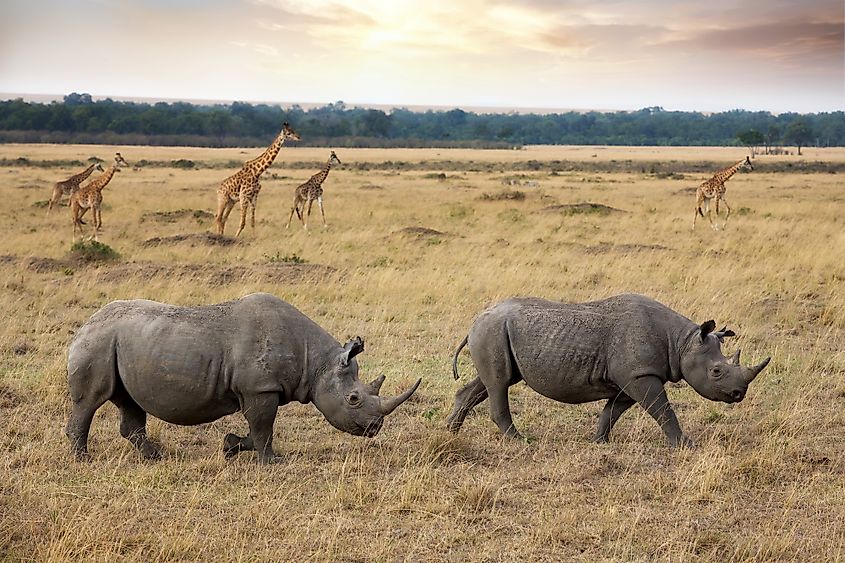
Rhinoceros are some of the largest and most impressive mammals on Earth. Their big size, thick skin and impressive horns hail back to prehistoric times and give the rhino a timeless majestic appeal. Unfortunately, both black and white rhinoceroses have been ruthlessly hunted and poached for many years, and they hold a Critically Endangered status according to IUCN. This means that they are at extreme risk of extinction, and reserves and National parks such as Masai Mara are increasingly important in conserving such at-risk populations. There are between 35-50 black rhinos in the park as of 2021, though the habitat of these rhinos often extends into the Serengeti, meaning numbers can fluctuate as they roam.
Leopard
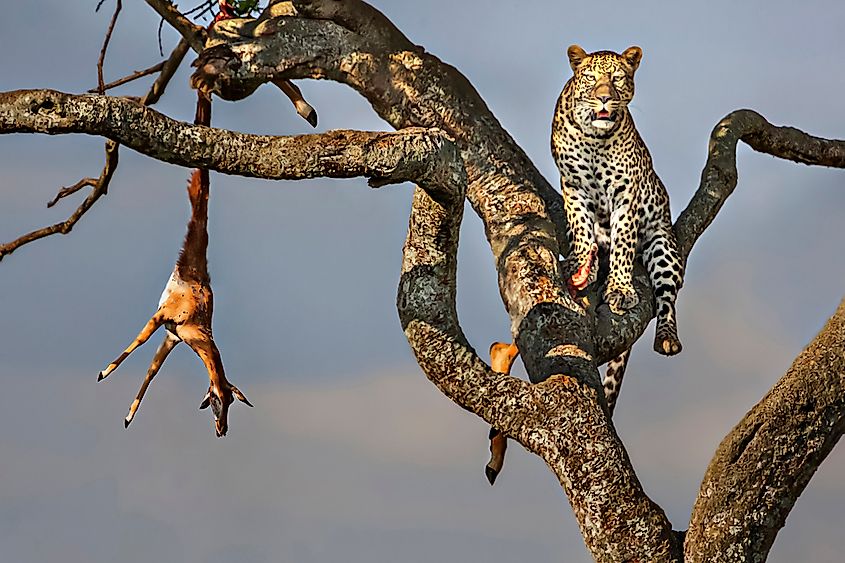
Leopards are a vulnerable species, according to the IUCN. Hunted for their fur and greatly affected by habitat loss, these big cats have become at risk. Many parks across Kenya including Masai Mara have helped to provide a safe habitat for leopard populations.
African Buffalo
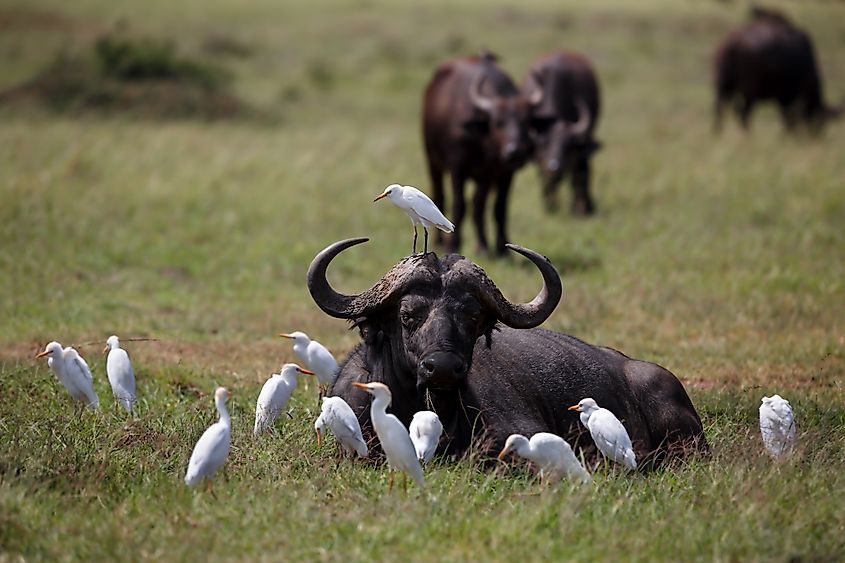
Though the buffalo may simply seem like a large cow (and in many ways is), these large, hefty creatures are some of the most dangerous and volatile in Africa. These buffalo run in herds, usually of 100 or more, and can be found in abundance in the park.
There are four more animals, in addition to the ‘big five’, known as the ‘big nine; of Kenya. These four other animals are also highly associated with Kenya and surrounding countries, as well as with Safari experiences more generally. They include: the giraffe, cheetah, hippopotamus, and the zebra.
Giraffe
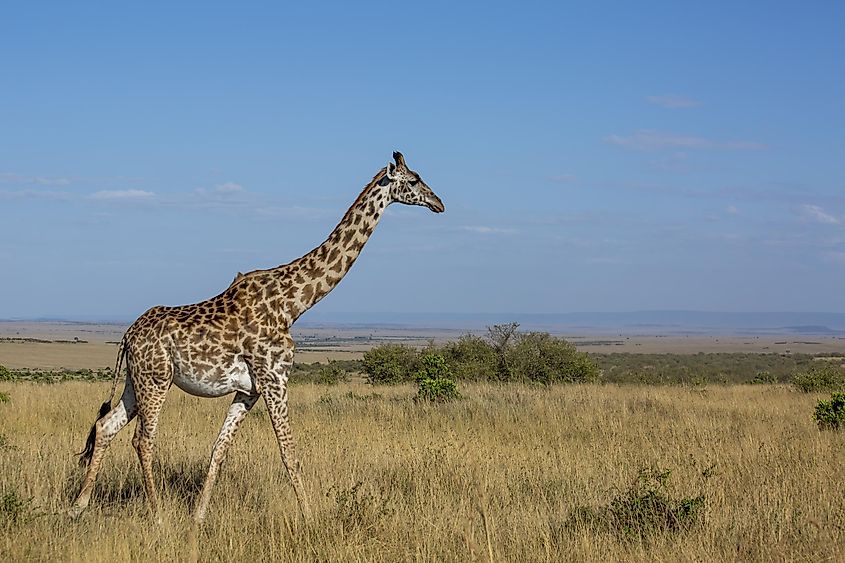
The giraffe is the tallest land animal in the world. Two subspecies of giraffes exist, known as the Somali and Masai giraffes, the latter of which lives in Masai Mara. Approximately 33,000 Masai giraffes live within Kenya, many of which reside in the reserve. Giraffes tend to stick together in groups and can be seen eating together or running across the plains throughout the Mara.
Cheetah
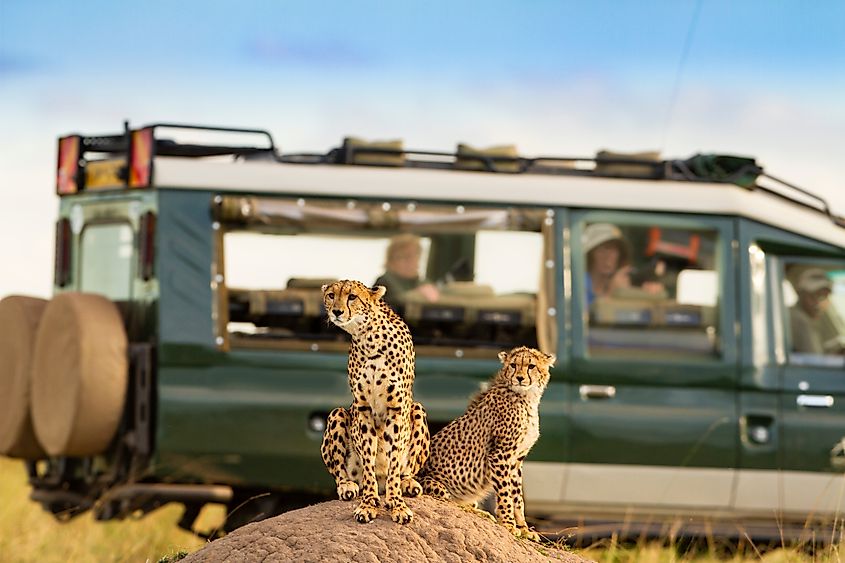
This smaller, sleeker of the big cats is an iconic animal within the Mara. The fastest land mammal on earth, it can sprint up to 110 kilometers per hour. Unlike lions, cheetahs do not hunt in packs, but rather females are solitary, or accompanied by cubs. Male cheetahs may run in smaller groups for protection, of two or three siblings. Unfortunately, like many animals in the Masai Mara, they are listed as Critically Endangered on the IUCN. Roughly 10,000 to 12,000 exist in the wild as of 2021.
Hippo
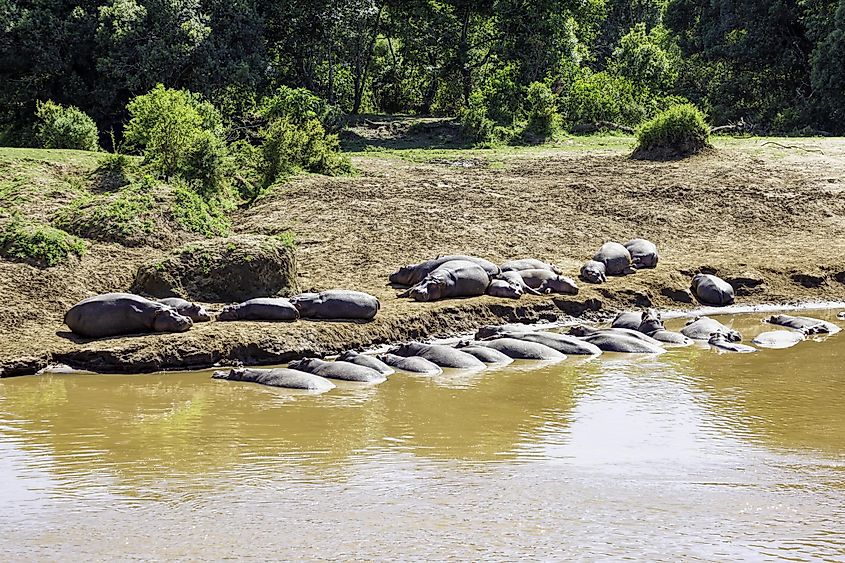
The hippopotamus is the third largest land mammal on Earth. They live in swamps, rivers, and shallow lakes, and spend much of their time primarily underwater. Hippos are one of the deadliest animals within Africa, due to their sheer size and aggressive nature. While a healthy population can be seen in Masai Mara National Reserve, it is best they are seen at a distance.
Zebra
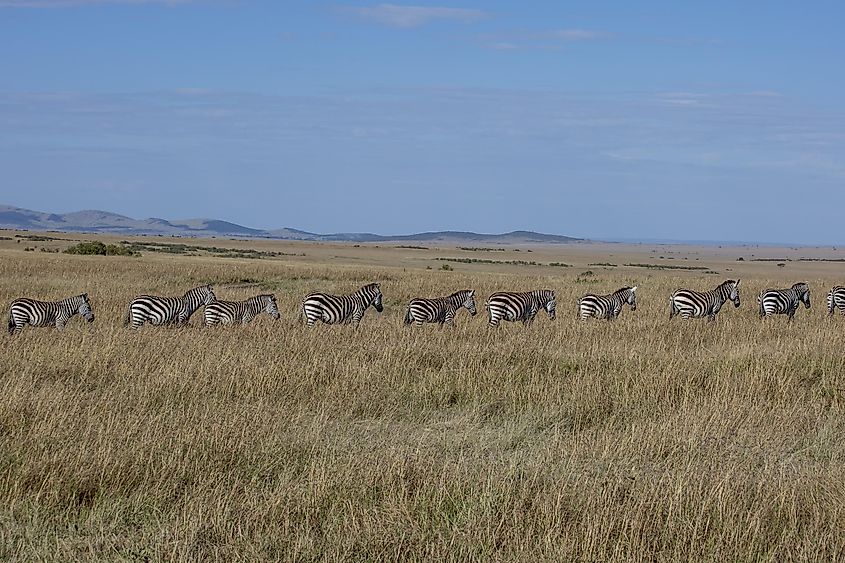
Zebras are one of the most highly associated animals with East Africa. They are a major part of the great migration of wildebeests and other herd animals across the Serengeti and into Masai Mara, and as such, it is very common to see zebras in the reserve. Two subspecies of zebra exist - the Plains zebra and Mountain Zebra, and it is the Plains zebra which calls this area of Kenya home.
